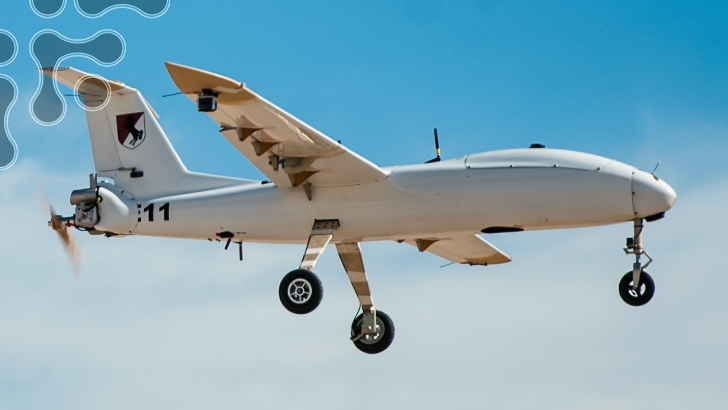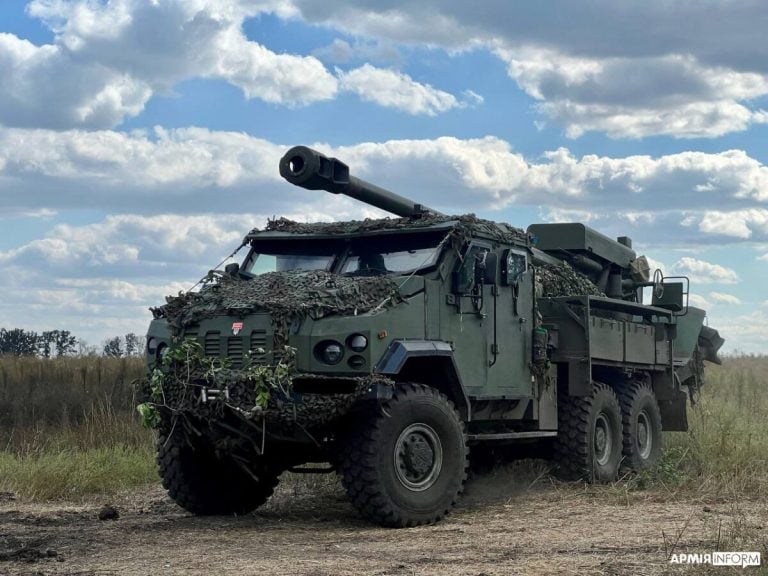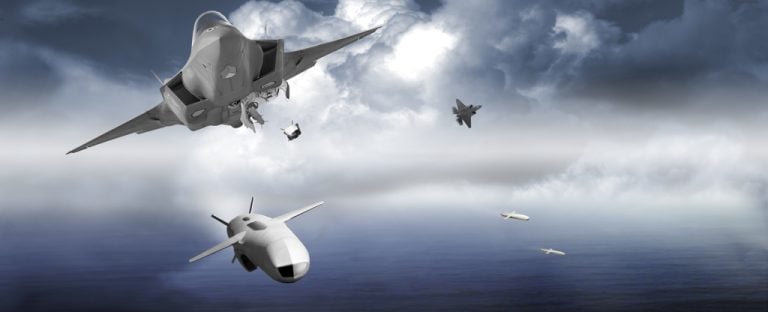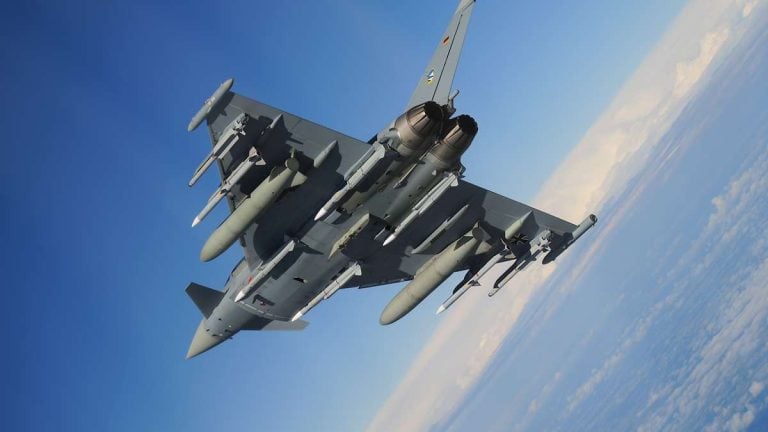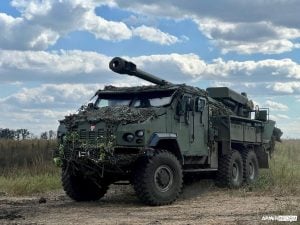The U.S. Army has announced an initiative to enhance its unmanned aircraft capabilities through the development of a new unmanned aircraft system (UAS) focused on delivering multiple fire-and-forget munitions. This effort, known as the Symbiotic UAS Delivery System (SCBDS), aims to create systems that can be deployed from Group 2 or Group 3 drones and strike targets located over four kilometers (approximately 2.4 miles) away.
The SCBDS solicitation, part of the Small Business Innovation Research (SBIR) program, outlines strict requirements for the munitions. These weapons must be capable of performing strikes autonomously without further input from an operator, even in environments where GPS signals are contested or unavailable. Key specifications include a self-propelled design that can reach speeds of at least 100 kilometers per hour (around 62 miles per hour) and a requirement that the munition must not damage the launching airframe upon deployment.
Additionally, the entire munition, including its payload, is required to weigh no more than five pounds (2.26 kilograms). The Army emphasizes an innovative navigation system that combines low-size, weight, and power (low-SWaP) inertial measurement with advanced computer vision or pixel-lock guidance methods.
The development process for the SCBDS is structured into three distinct phases. The initial phase will involve feasibility studies aimed at determining practical technological solutions that can fulfill the Army’s requirements, including sensor integration and software advancements for small drones.
In Phase II, selected developers will move towards building and demonstrating a prototype that can be integrated into either a Group 2 or Group 3 drone. Should real integration pose cost challenges, a simulated platform may be utilized. While these prototypes will not deploy live munitions, they must effectively display vital performance criteria such as launch stability, precision targeting, and autonomous flight capabilities with inert payloads.
Phase III of the initiative will pivot towards commercialization and exploring dual-use applications. The Army anticipates that advancements developed through SCBDS could extend to various commercial sectors, including drone deliveries, infrastructure assessments, and monitoring for chemical, biological, radiological, and nuclear threats.
The SCBDS initiative is part of broader efforts by the U.S. Army and Special Operations Command (SOCOM) to expand the lethality and operational versatility of unmanned systems. Recent SOCOM requests have called for drone-launched missiles functioning as loitering or swarm munitions, which further extend the operational range of small tactical UAS in combat scenarios.
Other ongoing projects within the Army include efforts focused on AI-powered drone swarm detection systems—designed to identify and classify multiple aerial threats concurrently—and innovations in ground-based drone launchers for deploying munitions directly from tactical vehicles. These developments illustrate the Army’s commitment to integrating drone-launched precision munitions into field operations, aligning functionalities such as reconnaissance, electronic attacks, and kinetic strikes to elevate combat readiness and effectiveness.
